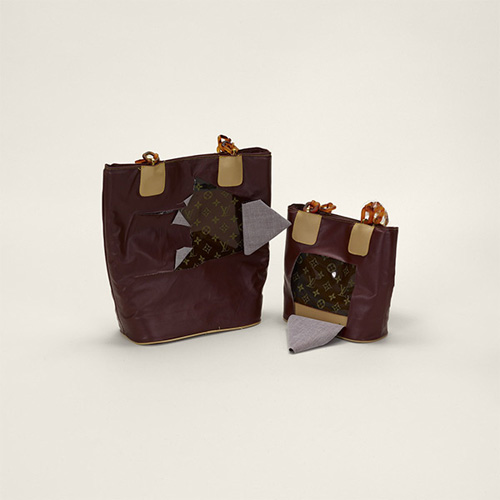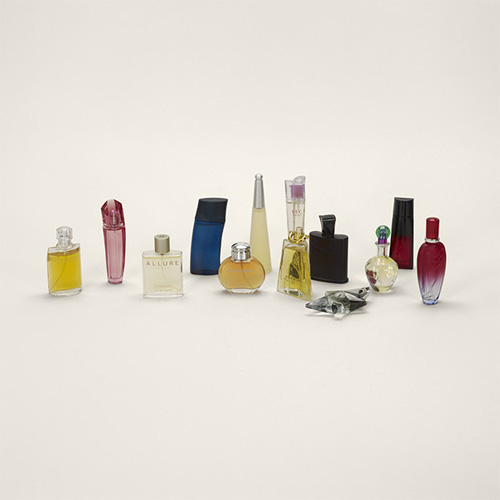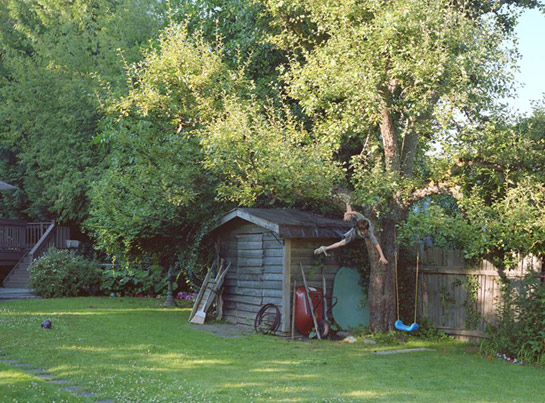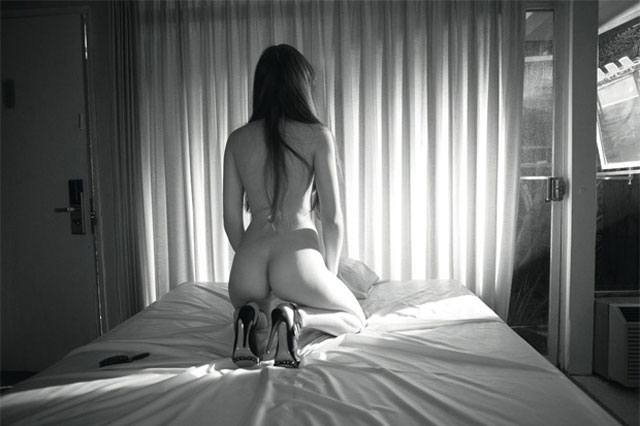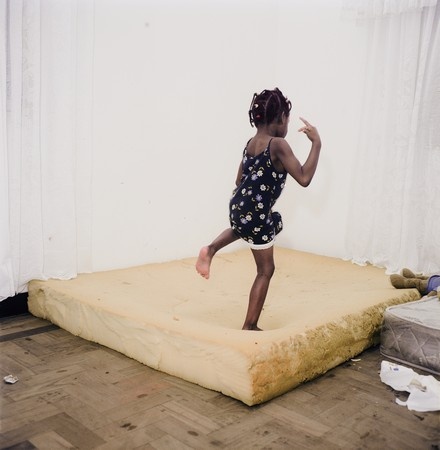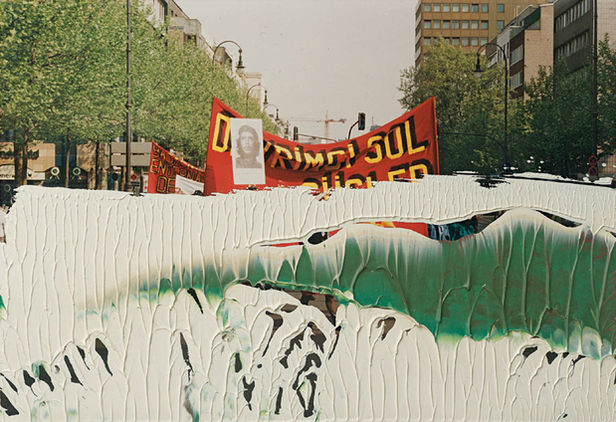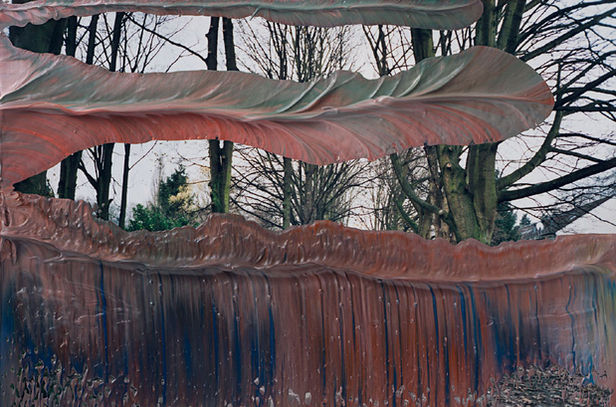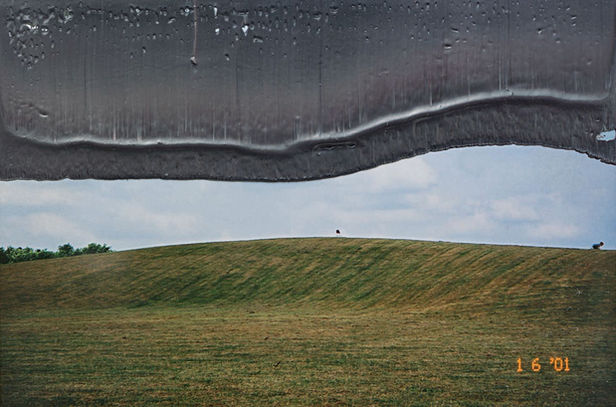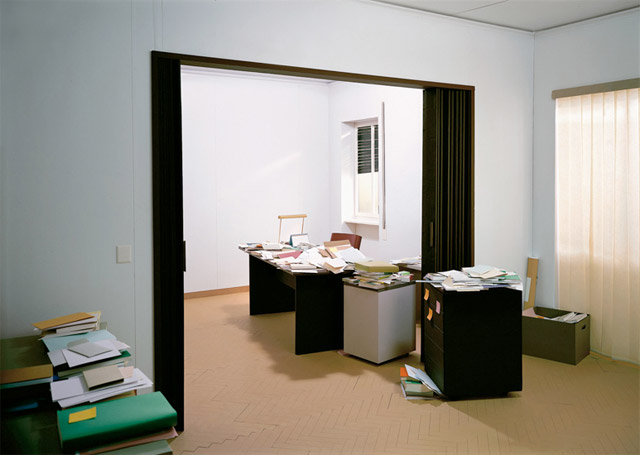.jpg)
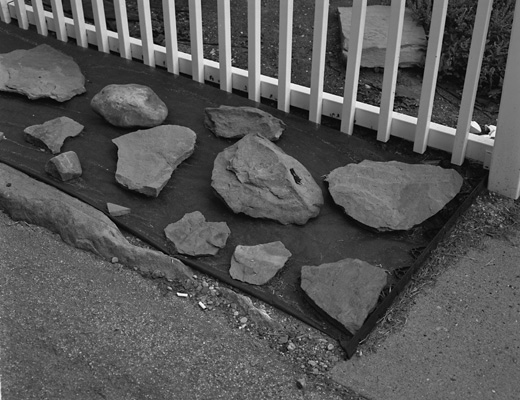
For the most part, his subtle color photography has mined the territory of what he calls “the edges or background of the human scene.” His 2007 book “Golden Palms,” a study of Los Angeles, exemplifies this approach: the photographs hone in on the patterns or textures of objects. For Panar’s photos, the light falling on the hood of a car, or the way a plant grows through concrete, holds as much meaning as the people who live with these things. In fact, he almost never photographs people, which has made his work fairly abstract.
Panar studied photography in school, and has found an appreciative audience for his quiet photographs, but his new book, “Animals That Saw Me,” seems bound for wider acclaim. “Animals” (published next month by The Ice Plant) does exactly what it says on the cover: each photo is a memento of an extra-human encounter. He says it’s his “tribute to living beings,” and if you can pick up on the humor in that statement, you’re on the right track.
Panar takes a light approach to his work, which extends all the way to the CV section of his website, which may include the best jokes on the photography internet—if you can find them. While there’s clearly something funny about faux-portraits of animals, Panar also sees his more abstract photos in the same humorous way. In this interview, he talked about his editing process, the relationship between his different projects, and why “Animals That Saw Me” could help explain all of his other work.
Placing equal weight on editing as well as shooting allows Ed Panar to fully explore the potential that his images have when contextualised. Individual images work together to produce everything from humour to reflection within the viewer. The idea here is not that the images compliment one another to clarify the subject matter at hand, but rather that they work together to resist one simplistic reading. To look at Ed Panar’s pictures over and over again, is to learn something new each time, both about the photographer and also the places he photographs.
